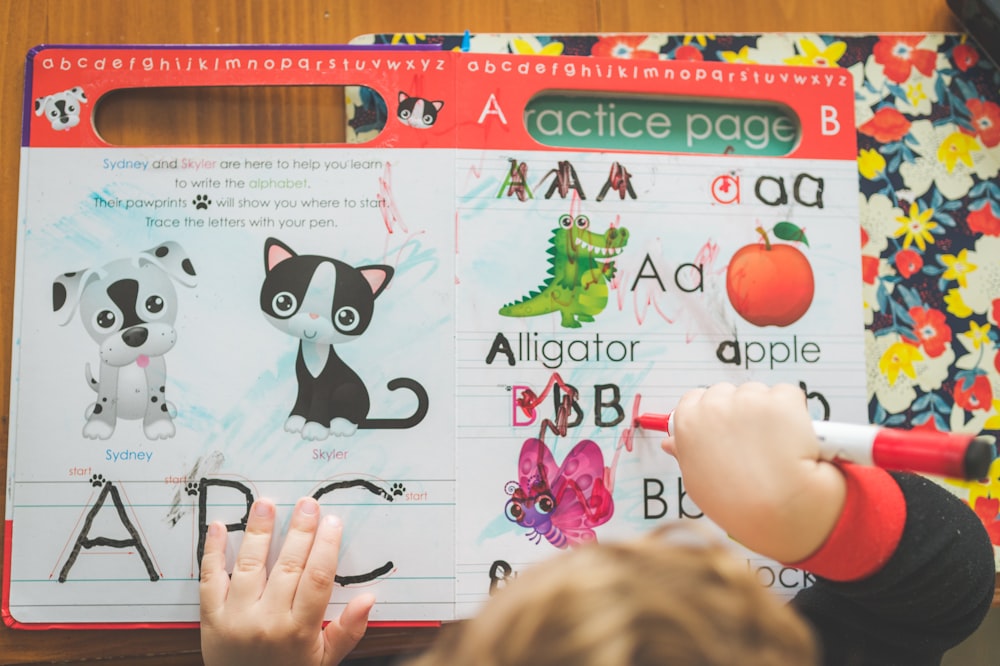Homework Mastery Top Tips for Teachers to Enhance Learning
Introduction:
Alright, teachers, let’s talk homework—a vital part of the learning journey. Homework isn’t just about tasks; it’s an opportunity to reinforce concepts, foster independence, and deepen understanding. In this guide, we’ll delve into some top tips for teachers to master the art of homework and enhance student learning.
Set Clear Objectives and Expectations:
The first step to homework mastery is setting clear objectives and expectations. Before assigning any tasks, ensure students understand the purpose of the homework and what is expected of them. Clear guidelines help students stay focused and motivated.
Tailor Homework to Reinforce Learning:
Homework should complement classroom learning. Tailor assignments to reinforce concepts covered in class. Whether it’s practice problems, research tasks, or creative projects, ensure homework aligns with the curriculum and learning goals.
Provide Timely and Constructive Feedback:
Feedback is the backbone of effective homework. Provide timely and constructive feedback on students’ work, highlighting strengths and areas for improvement. This helps students understand their progress and encourages them to strive for excellence.
Encourage Student Independence and Responsibility:
Homework is a chance for students to develop independence and responsibility for their learning. Encourage them to manage their time effectively, plan their tasks, and seek help when needed. Empowering students fosters a sense of ownership over their education.
Make Homework Relevant and Engaging:
Engage students’ interest by making homework relevant to their lives. Connect assignments to real-world scenarios, current events, or their personal interests. Engaging tasks not only motivate students but also deepen their understanding of the subject matter.
Utilize Varied Homework Formats:
Keep homework interesting and diverse by using varied formats. Mix traditional written assignments with multimedia projects, presentations, debates, or hands-on activities. This caters to different learning styles and keeps students engaged.
Establish a Consistent Homework Routine:
Consistency is key to homework success. Establish a regular homework routine, whether it’s assigning tasks on specific days or providing a predictable schedule. A routine helps students develop good study habits and reduces last-minute rushes.
Provide Resources and Support:
Ensure students have access to resources and support to complete their homework. This includes textbooks, online materials, reference guides, or access to the library. Additionally, be available for questions or clarifications to guide students in their learning journey.
Promote Collaboration and Peer Learning:
Homework doesn’t have to be a solitary endeavor. Encourage collaboration through group projects, study groups, or peer reviews. Peer learning not only enhances understanding but also cultivates teamwork and communication skills.
Celebrate Homework Efforts and Achievements:
Finally, celebrate students’ efforts and achievements in completing homework. Recognize their hard work, improvement, and dedication to learning. Whether it’s through praise, certificates, or acknowledgment in class, positive reinforcement boosts motivation and confidence.
Conclusion:
There you have it, teachers—some top tips for mastering homework and enhancing student learning. By setting clear objectives, tailoring assignments, providing feedback, fostering independence, making tasks engaging, using varied formats, establishing routines, offering support, promoting collaboration, and celebrating achievements, you’ll create a homework environment that inspires and empowers students to excel. So, go ahead, implement these








